Here in Brittany, the landscapes are ever-changing: wind-battered cliffs, dense forests steeped in legend, picturesque villages with brightly painted shutters. From Saint-Malo and its ramparts to Cancale with its briny oysters, and across to the Bay of Morlaix with its secret islands, every place tells a piece of history.
Inland, Rennes blends urban energy with old-world charm. Farther on, the Forest of Brocéliande invites you to walk the line between myth and reality. And if the sea calls to you, the Sentier des Douaniers (GR34) is waiting: a coastal path with breathtaking views, all sea spray and shifting light. Let yourself wander—Brittany has so much to offer those who take the time to follow its rhythm.
Top 5 Guided Tours
Places to Visit
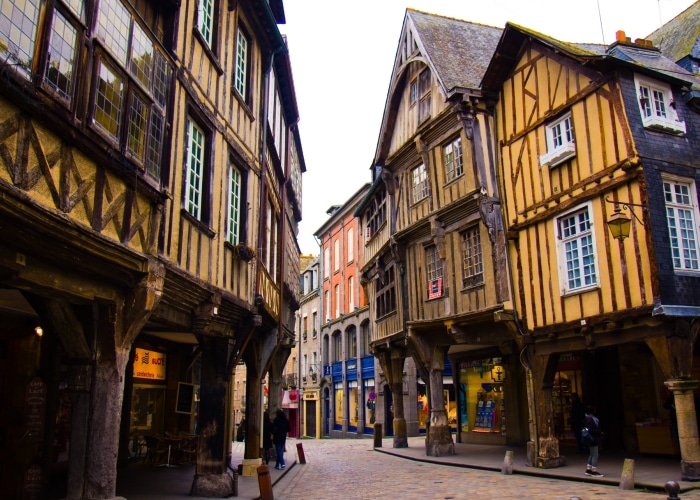
In the Côtes-d’Armor, Dinan reveals itself like a town outside of time. Its cobbled streets wind between half-timbered houses and artisan workshops. Here, every stone seems to tell a story.
From the ramparts, walk up to the Sainte-Catherine Tower: the view over the old town and the Rance Valley is superb. Below, Rue du Jerzual slopes gently downward. Galleries, shops, flowered walls… the atmosphere is warm and welcoming.
A little farther on, Dinan’s port rests along the Rance. Peaceful and green, it’s the perfect starting point for a stroll along the towpath that winds its way to Cap Fréhel. A walk through water, forest, and heritage.
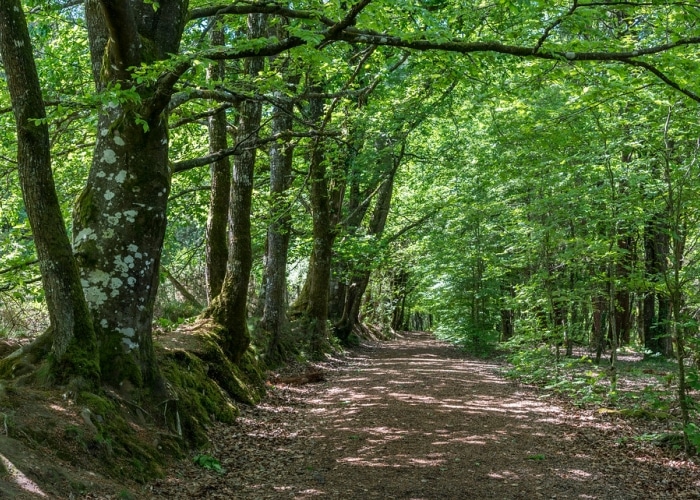
The Forest of Brocéliande is the legendary soul of Brittany. Its true name is the Forest of Paimpont, vast, dense, and full of secrets.
Begin at the Château de Comper, home to the Arthurian Imagination Center. Then follow the woodland trails, winding between ancient oaks and heather-covered moors. Sometimes you’ll come across a stele, a menhir, or simply silence.
In the clearings, watch for deer, migratory birds, or shapes in the morning mist. And why not continue on to the Château de Josselin, majestic on the banks of the Oust? Or walk among the Menhirs of Monteneuf, silent witnesses of a forgotten past. Here, every step is a legend.
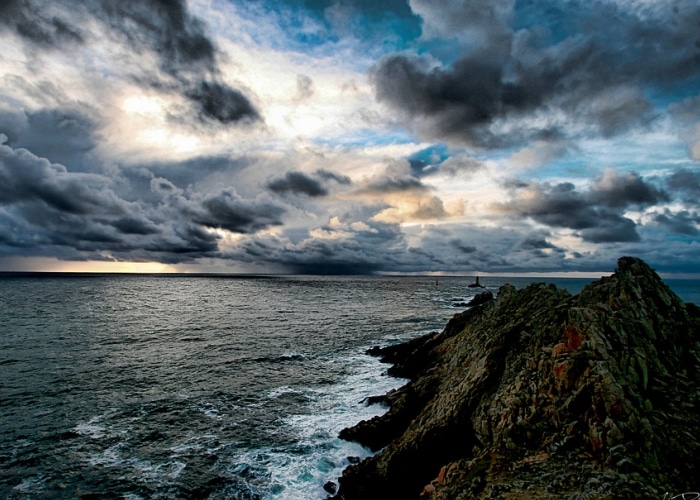
At the far west of Finistère, the land gives way to the sea. The Pointe du Raz thrusts into the Iroise Sea with cliffs rising 70 meters high. The wind here is often fierce, but the view is always breathtaking.
Coastal trails let you approach slowly. You walk between heather and rocks, heading toward this mythical cape. In the distance, you can spot the La Vieille and Tévennec lighthouses, and on a clear day, Île de Sein appears on the horizon.
Along the way, stop at the Cap Sizun Reserve. Seabirds, sculpted cliffs, shifting light—everything invites contemplation. A raw place, battered by the elements, yet profoundly alive.
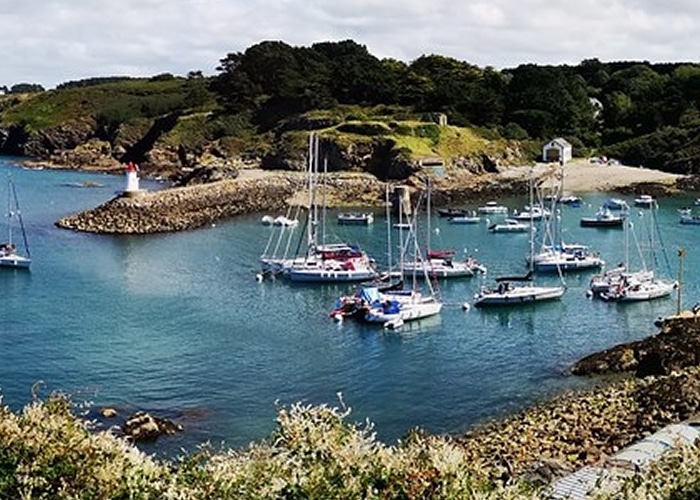
Easily reached by boat from Quiberon, Belle-Île-en-Mer deserves more than just a day. Its 80 kilometers of coastline offer rare variety: fine sandy beaches, sheer cliffs, hidden coves.
Explore its four towns: Le Palais, Sauzon, Bangor, Locmaria, each with its own character. At the Pointe des Poulains, the ocean crashes against the rocks—a landscape Sarah Bernhardt once chose as her retreat.
Don’t miss the Aiguilles de Port-Coton, immortalized by Monet. And for history enthusiasts, the Vauban Citadel and the Kervilahouen Lighthouse await. Here, every corner is a surprise, every turn a suspended moment.
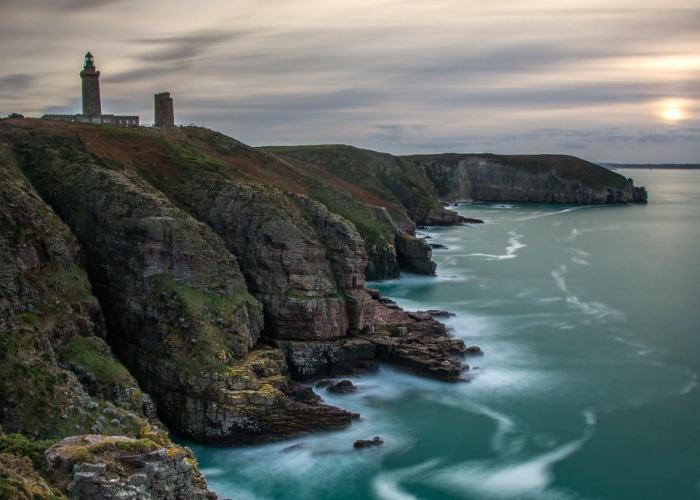
Facing the sea, Cap Fréhel rises wild and bright. Its cliffs plunge straight into the waves, while the lighthouse, standing over 100 meters tall, keeps watch over the horizon.
Climb the steps and you’ll be rewarded with a breathtaking panorama. The Channel Islands, sometimes visible in the distance, seem to float in the salty air. All around, the flowering moorland shelters a bird reserve of remarkable richness.
Follow the trail and you’ll reach Fort La Latte, also known as the Château de la Roche Goyon. Its medieval ramparts face the spray of the sea. Between sky, stone, and water, this walk feels like a journey in itself.